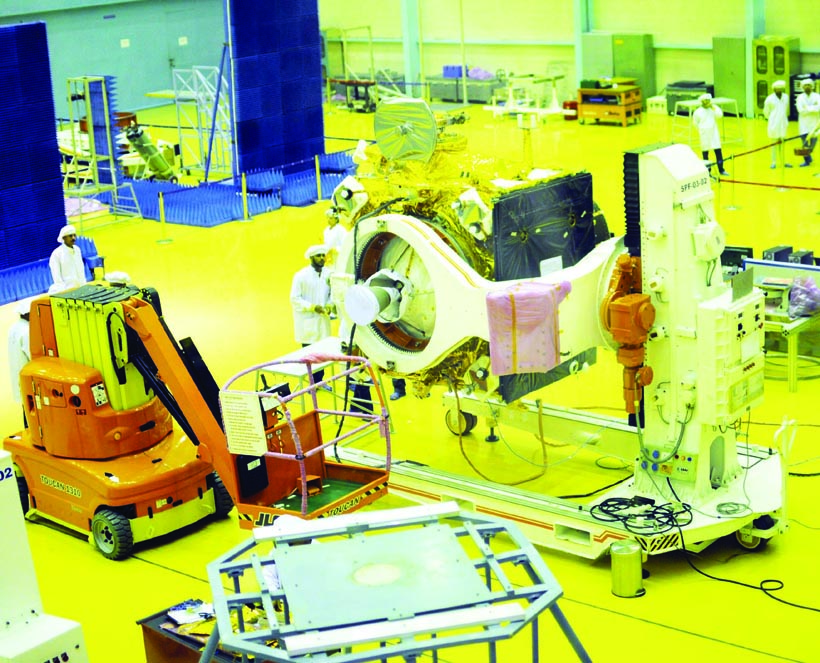
BALASORE (Odisha), June 12: India successfully conducted the maiden flight test of the indigenously-developed Hypersonic Technology Demonstrator Vehicle (HSTDV) from a base off the Odisha coast on Wednesday.
The HSTDV was test-fired by the Defence Research and Development Organisation (DRDO) from Launch Complex-4 of the Integrated Test Range (ITR) on Dr Abdul Kalam Island in the Bay of Bengal at about 11.25 am, DRDO sources said.
The HSTDV is an unmanned scramjet demonstration aircraft for hypersonic speed flight, it can cruise at mach 6 speed and move up to an altitude of 32.5 km (20 miles) in 20 seconds, they added.
Besides its utility for long-range cruise missiles of the future, the dual-use technology will have multiple civilian applications also. It can be used for launching satellites at low cost too, the sources said.
Describing the maiden trial of the HSTDV as successful, the sources said, “The new technology was tested and the data generated by the radars showed it was a success.”
The trial was carried out in the presence of senior DRDO scientists and defence officials.
The HSTDV can move up to an altitude of 32.5 km (20 miles) in 20 seconds and once it is achieved successfully, India will enter a select club of countries that have such technology.
“The HSTDV project, through which we want to demonstrate the performance of a scramjet engine at a low altitude of 15 to 20 km, was on for a couple of years.
“Under this project, we are developing a hypersonic vehicle to be powered by a scramjet engine,” a DRDO scientist associated with the programme said .
The HSTDV cruise vehicle is mounted on a solid rocket motor, which will take it to a required altitude, and once it attains certain mach numbers for speed, the cruise vehicle will be ejected out of the launch vehicle. Later the scramjet engine will be ignited automatically.
A battery of tracking system was positioned to track the event, the sources said. (PTI)

